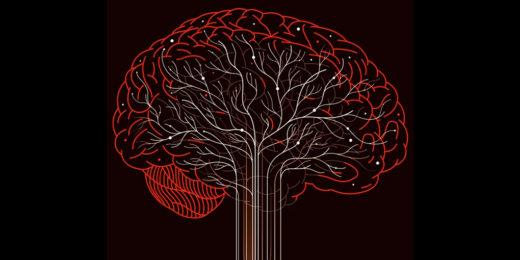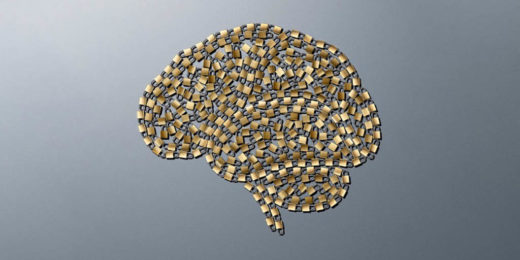Among the research projects that Stanford Medicine scientists are running to help people regain lost functions of the brain or nervous system are some designed to help people with vision loss see again.
Frank Longo, MD, PhD, the chair of neurology and neurological sciences and the George E. and Lucy Becker Professor of Medicine, said that Stanford's fundamental sciences research and advanced core technologies have helped fuel such progress.
In a story in the new issue of Stanford Medicine, I talked to several researchers who are working to restore vision in patients with conditions associated with aging and genetics.
Retinal restoration
A new retinal implant is enabling a small group of patients who lost their sight to age-related macular degeneration to read simple words and see letters on a standard vision chart.
The implant is the product of 15 years of painstaking work by Stanford's Daniel Palanker, PhD, and his collaborators who have created and tested a first-generation device that can restore vision in people with the eye disease.
People with macular degeneration gradually lose sight in the center of their visual field as a result of damage to the light-sensing nerve cells in the retina, known as photoreceptors. Palanker's retinal prosthetic essentially assumes the job of the photoreceptors, enabling these individuals to see, possibly well enough to drive a car, he said. Researchers are now testing the device in 38 patients in Europe and the United States.
Neuroscientist E.J. Chichilnisky, PhD, is taking a different approach to restoring vision in an ambitious initiative known as the Stanford Artificial Retina Project with about 20 other scientists, he is designing an electronic implant that reproduces the process in which nerve cells, known as retinal ganglion cells, convey visual information to the brain.
The scientists hope to devise a 2-millimeter implant that would be ready for human testing in two to three years, he said. It could benefit patients with macular degeneration, as well as retinitis pigmentosa, a genetic disorder that can limit sight.
Chichilnisky, the John R. Adler Professor of neurosurgery and ophthalmology, said:
"We do want to restore vision to the blind, but we also believe this technology could have implications for other areas of the brain while producing a spectacular instrument to understand the visual pathways."
The most prevalent cause of blindness
Jeffrey Goldberg, MD, PhD, has been experimenting with number of therapies to restore vision in people with glaucoma -- the world's most prevalent cause of blindness. Glaucoma results from constant, elevated pressure in the eye that damages retinal ganglion cells and ultimately kills the optic nerve.
Goldberg, professor and chair of ophthalmology, believes that the future of glaucoma care lies in new therapies that preserve and protect these vital nerve cells in the eye. To that end, he's directing a trial with a monoclonal antibody that is injected into the eyes of glaucoma patients to prevent the destruction of retinal ganglion cells.
He's also been testing an implant and an eyedrop containing nerve growth factors that nourish and maintain nerve cells, both as ways to preserve vision in glaucoma patients.
"What we have learned through these trials is that we can do them in a reasonable fashion and time frame and start to address this big unmet need of vision loss in glaucoma," he said.
Illustration by Harry Campbell






